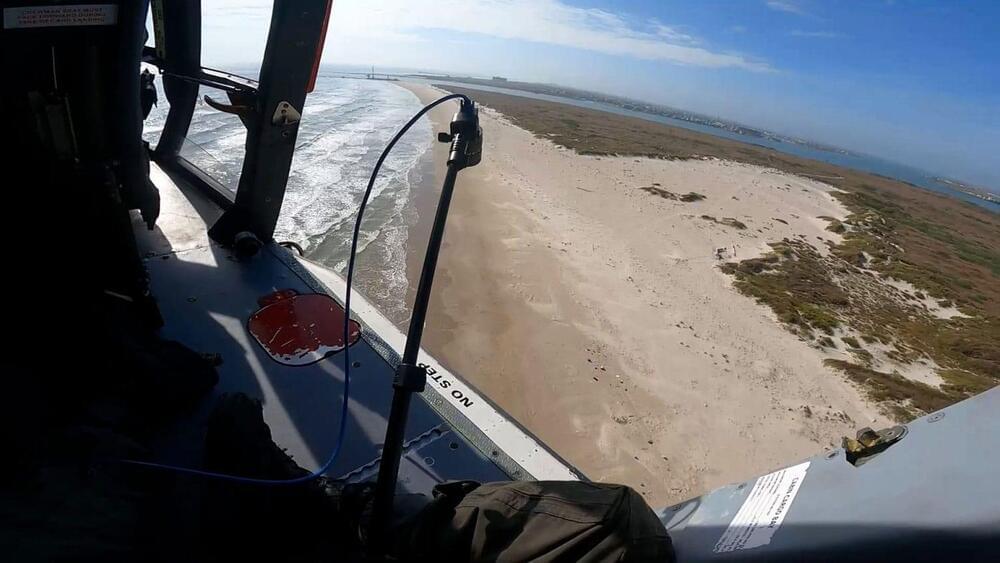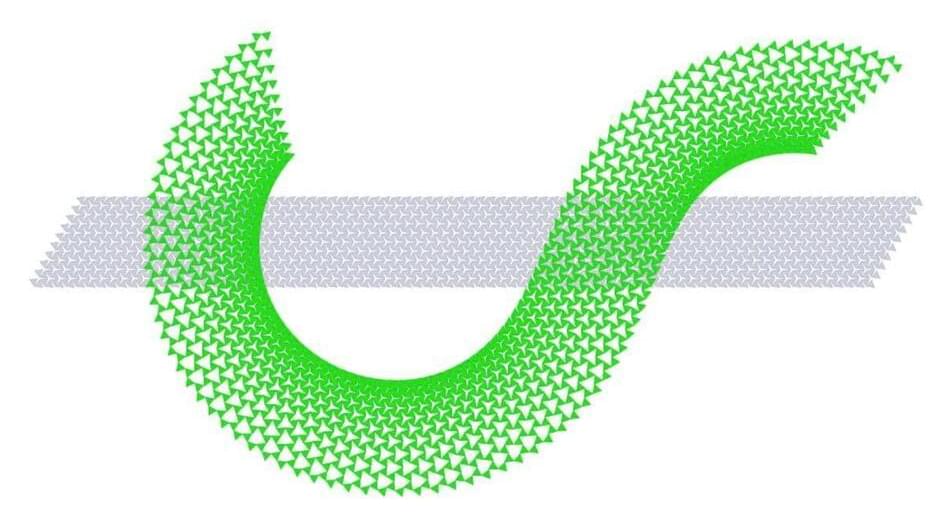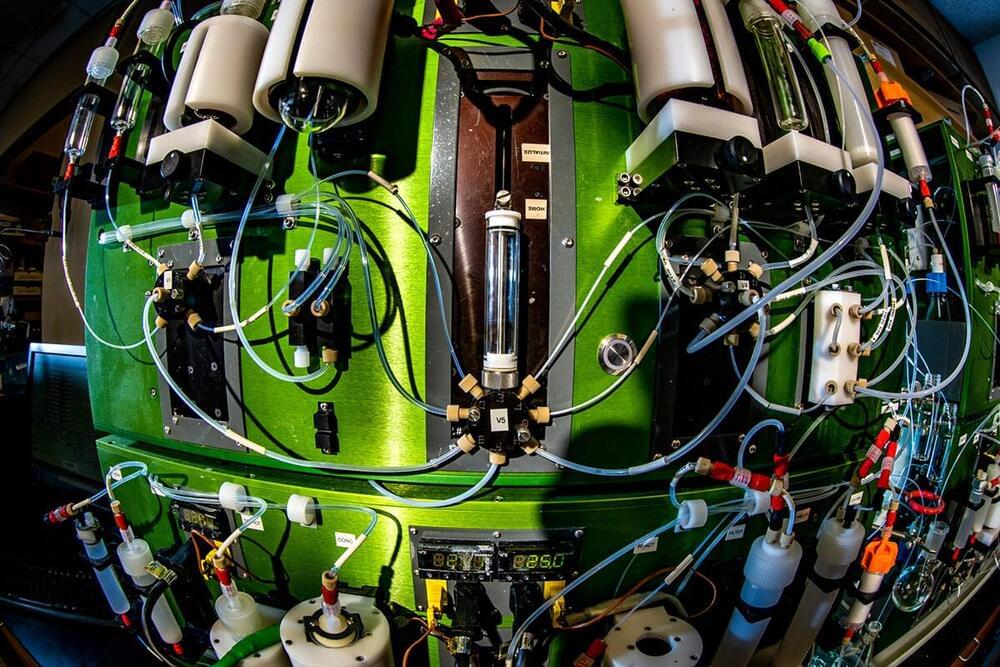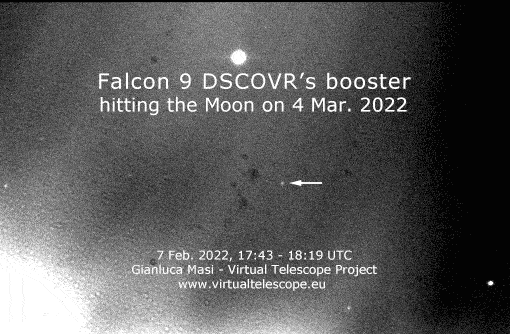👉For business inquiries: [email protected].
✅ Instagram: https://www.instagram.com/pro_robots.
You are on the PRO Robots channel and today we present to your attention the latest issue of high-tech news. The U.S. military has learned to control more than a hundred robots simultaneously, and the Chinese have created a copy of Boston Dynamics’ BigDog robot, an electronic skin to control robots, and are about to compete with StarLink. For more on this, as well as underwater robots, the perfect robot arm, and other cutting-edge technology, check out our video!
0:00 In this video.
0:30 No-code developer.
0:30 DARPA’s new tests.
1:22 Robots learn to walk based on “feel“
2:15 Robot for Chinese military.
2:46 China decides to compete with Starlink.
3:12 Electronic skin will help control robots.
3:47 Fecal cryptocurrency.
4:22 NASA announces a competition to create a toilet for a flight to Mars.
5:00 Neuralink preparing for human trials.
5:31 Nauticus Robotics unveils marine robot fleet.
6:25 Robotic ferry in Japan.
6:55 Club_KUKA exhibition cell.
7:23 Dining hall of the Olympic Village in China.
7:43 The most sensitive robotic arms from Shadow Robot.
8:10 Artificial Intelligence Leg Prosthesis.
8:35 Robotic manufacturing of ARRIVAL electric cars.
8:55 An exact replica of the human palm ILDA
9:57 Robot avatar replaces sick children at school.
10:24 First tests of ZEVA Zero aircraft.
10:58 A device to print patches on the ISS
11:26 New Promobot Vending complex.
11:55 The Smart Home standard will include robots.
#prorobots #robots #robot #futuretechnologies #robotics.
More interesting and useful content:






